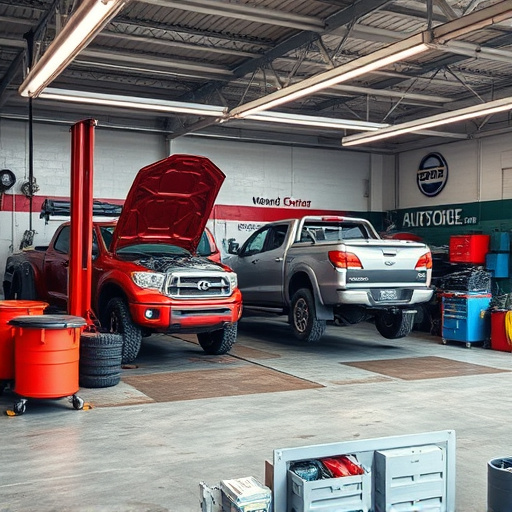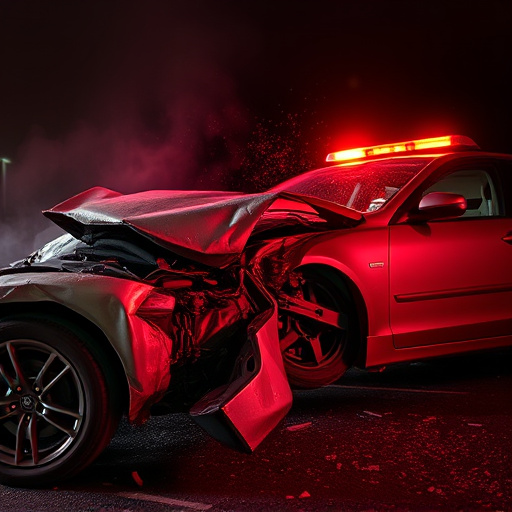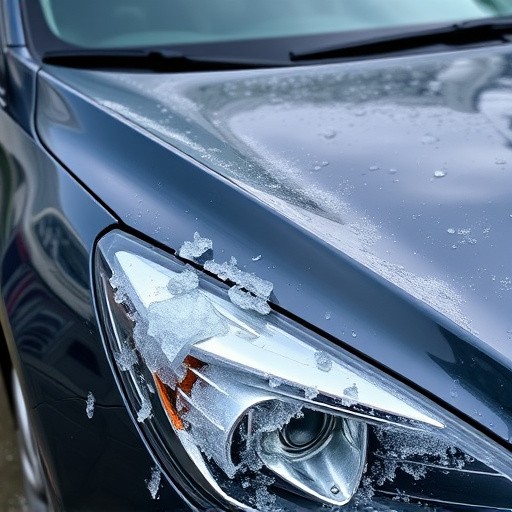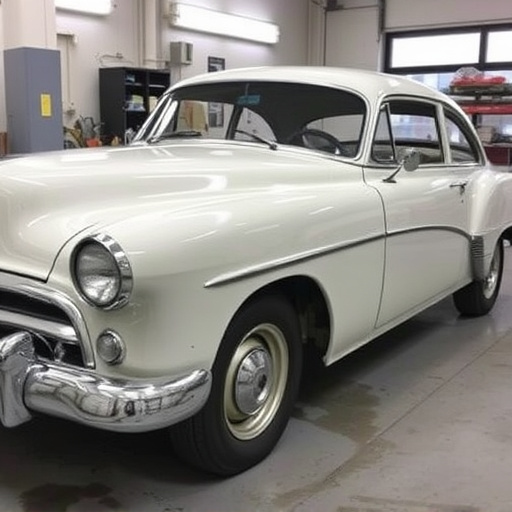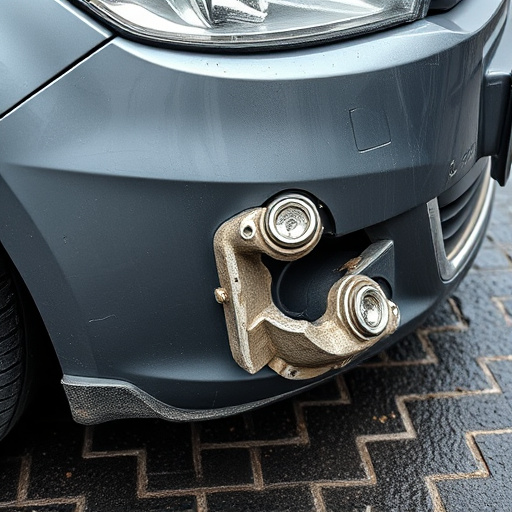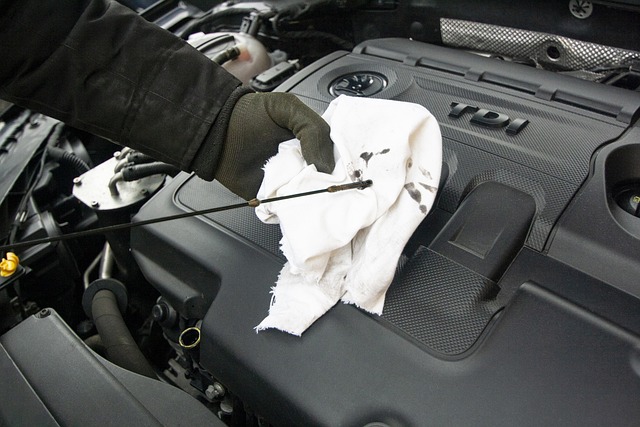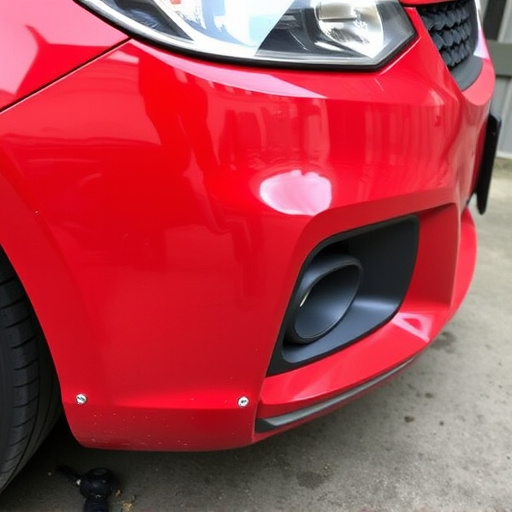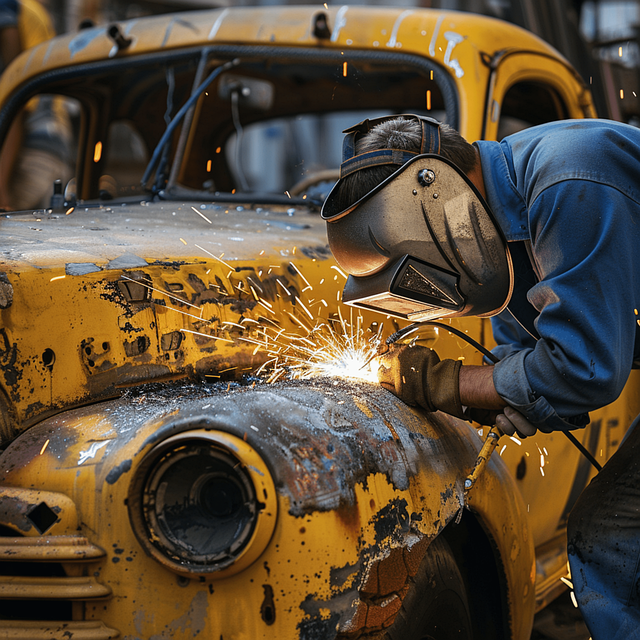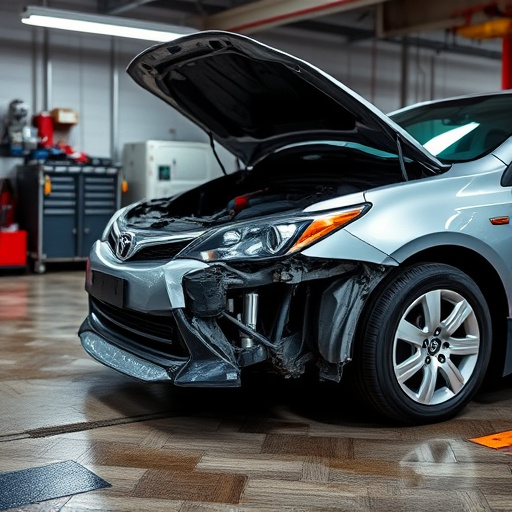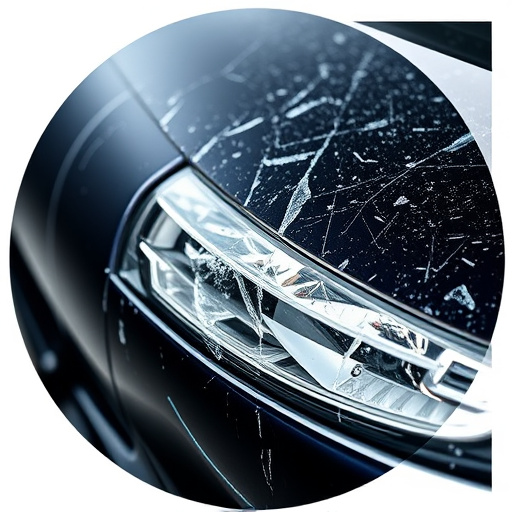Plasma cutting collisions in auto body restoration are caused by thickness variations, contaminants, or abrupt edges, potentially damaging workpieces and leading to misaligned cuts. To prevent these issues, specialized repair shops implement rigorous quality control measures, regular equipment calibration, technician training, and protective gear use. Advanced measurement tools, real-time data management, and skilled technicians ensure precise plasma cutting, enhancing customer satisfaction, vehicle safety, and repair efficiency, making it a game-changer in the auto repair industry.
Plasma cutting, a precise yet powerful fabrication method, is prone to unexpected issues, with “plasma cutting collisions” being a significant concern. These collisions can cause severe damage, impacting both equipment and workpieces. This article delves into understanding the root causes of plasma cutting collisions and explores effective quality control measures for successful repairs. We’ll uncover strategies for continuous monitoring and refinement, ensuring optimal outcomes in plasma cutting operations, thereby minimizing the risk of costly collisions.
- Understanding Plasma Cutting Collisions: Causes and Impact
- Implementing Quality Control Measures for Effective Repair
- Continuous Monitoring and Refinement for Optimal Results
Understanding Plasma Cutting Collisions: Causes and Impact

Plasma cutting collisions are a common issue that can significantly impact the quality and accuracy of auto body restoration and auto frame repair processes. These collisions occur when the plasma cutter, a powerful tool used for precise cutting, encounters unexpected obstructions or variations in the material being cut. The primary causes include changes in material thickness, surface contaminants, or abrupt edges that alter the cutter’s trajectory. When a collision happens, it can lead to several detrimental effects. Minor bumps may cause minor damage to the workpiece or even the plasma cutter itself. More severe collisions can result in misaligned cuts, causing structural integrity issues in dent removal and repair processes, especially in complex metal frameworks.
Understanding these collisions is crucial for shops specializing in plasma cutting repairs. They need to implement rigorous quality control measures to identify potential issues beforehand. Regular calibration of the cutting equipment and training technicians to recognize material variations are essential steps. Additionally, utilizing specialized protective gear for the workpiece can help mitigate the impact of collisions, ensuring that auto frame repair projects maintain their precision and structural integrity.
Implementing Quality Control Measures for Effective Repair

Implementing Quality Control Measures for Effective Repair plays a pivotal role in ensuring precision and excellence during plasma cutting operations, especially when addressing collisions or vehicle body repairs. Shops specializing in this field employ rigorous quality control protocols to guarantee that each repair is not just visually appealing but also structurally sound. This involves utilizing advanced measurement tools to verify dimensional accuracy after plasma cutting, ensuring the vehicle’s original design is maintained.
Moreover, training and certifying technicians in collision repair techniques and safety protocols are essential. Well-trained professionals can identify potential issues arising from plasma cutting, such as hidden damage or unexpected material behavior, which might affect the overall quality of the repair. Regular inspections and comparisons with industry standards further reinforce these measures, ensuring that every vehicle dent repair is executed with meticulous care, enhancing customer satisfaction and vehicle safety on the road.
Continuous Monitoring and Refinement for Optimal Results

In the dynamic field of plasma cutting repairs, achieving consistent quality is paramount. Shops employing this technology for tasks like car dent repair or providing vehicle repair services and auto repair services recognize that continuous monitoring and refinement are key to optimal results. Skilled technicians meticulously track every parameter during the process—from gas flow rates to arc voltage—using sophisticated sensors and software. This real-time data allows for instant adjustments, ensuring precision and accuracy in every cut, regardless of complexity or material thickness.
The outcome is not just precise plasma cutting collision but also a streamlined repair process that minimizes waste and maximizes efficiency. This commitment to continuous improvement reflects a dedication to customer satisfaction, as repairs are not only timely but also meet the highest standards of quality. Such meticulous attention to detail sets apart top-tier shops in an industry where precision is paramount.
Plasma cutting, while a powerful tool for metal fabrication, is not immune to collisions that can cause significant damage. By understanding the causes of plasma cutting collisions and their impact, shops can implement effective quality control measures during repairs. Continuous monitoring and refinement of processes ensure optimal results, minimizing waste and maximizing efficiency in the face of these challenges.
